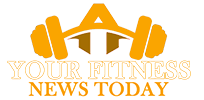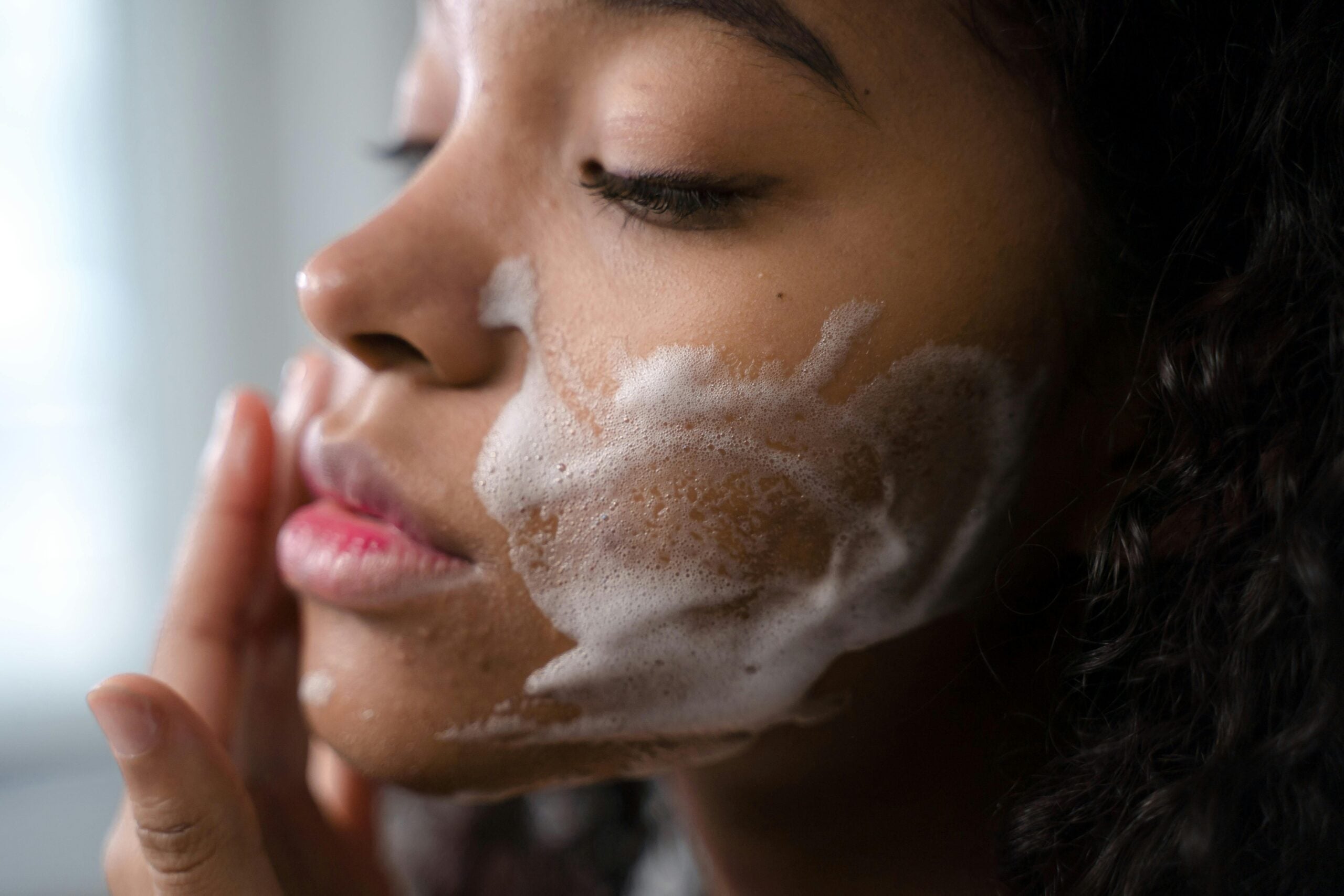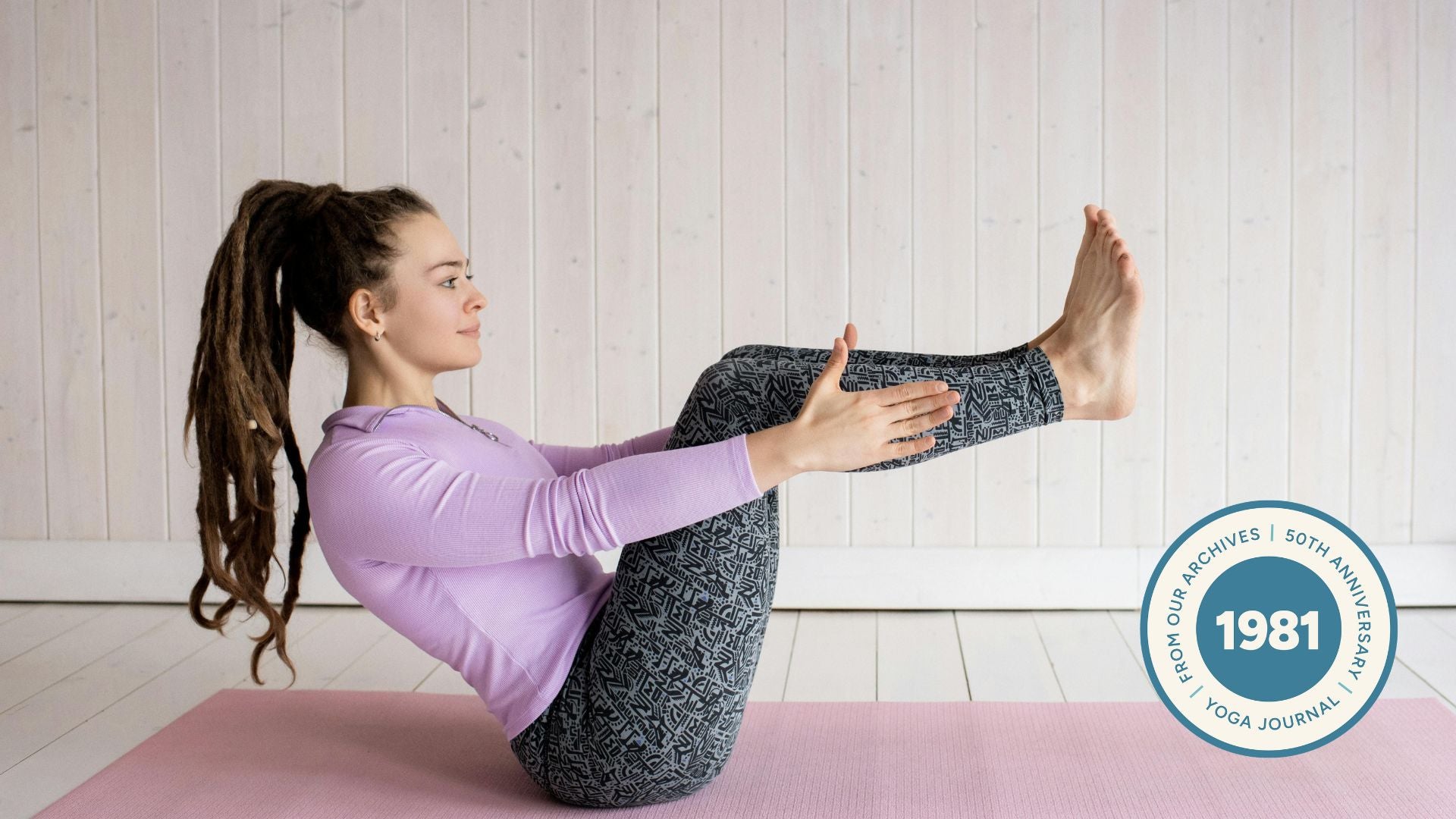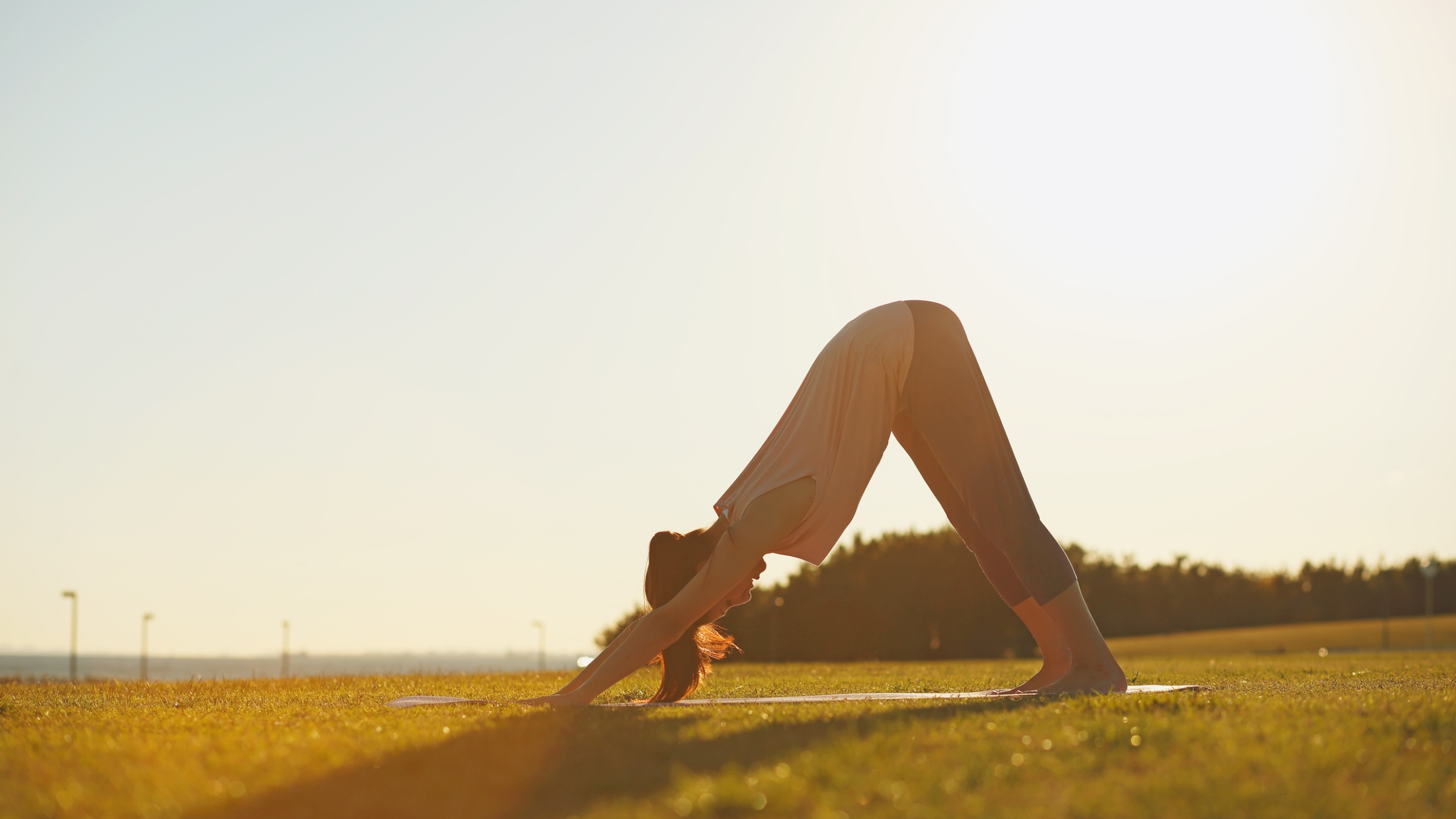Whether you’re an athlete or prefer to hang on the couch, these will improve your quality of life.
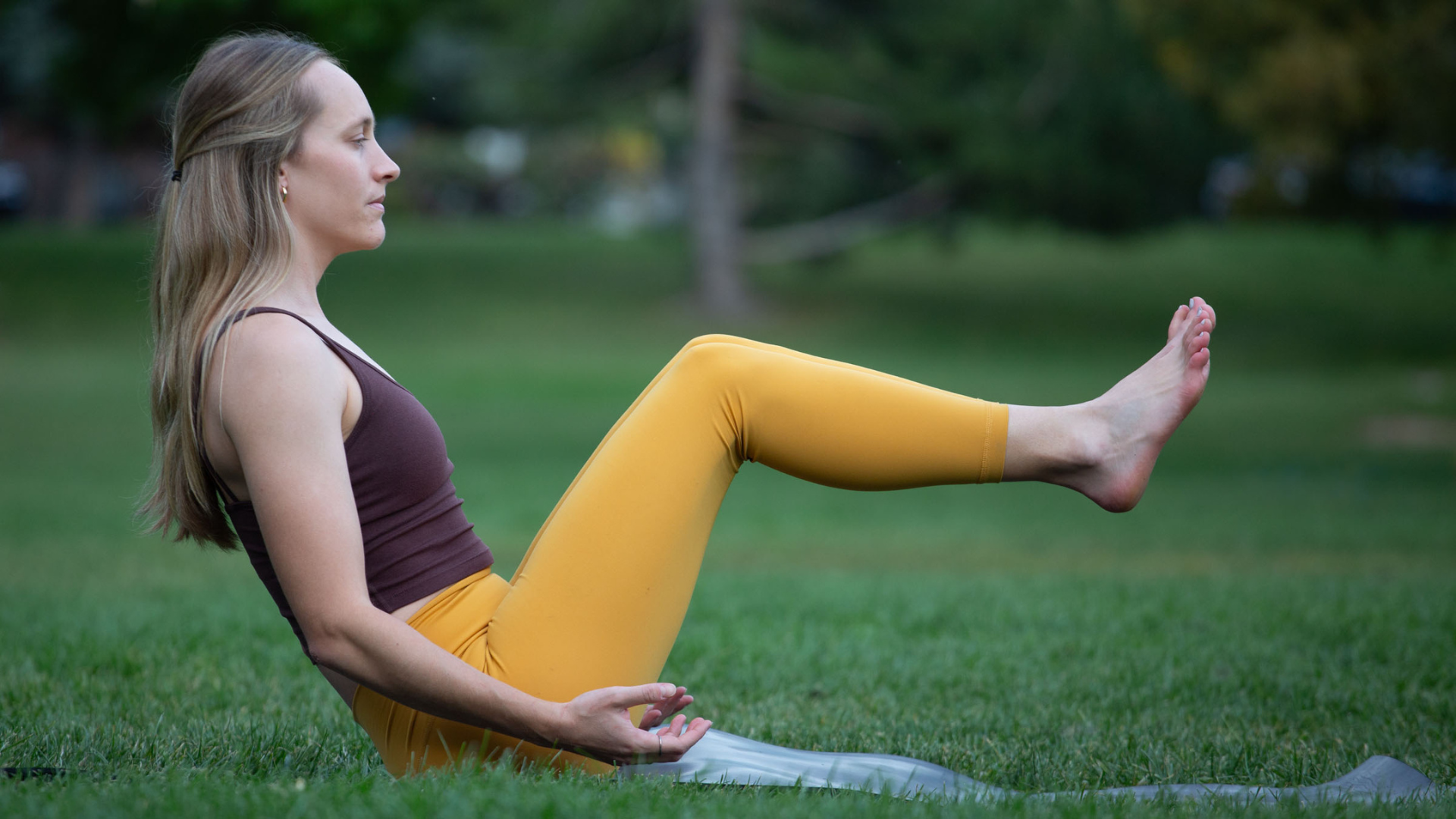
(Photo: Brad Kaminski; Model: Jenna Edwards)
Published October 14, 2025 11:02AM
One of the things that quickly became obvious when I began working as an athletic trainer and yoga teacher is that most athletes place a disproportionate emphasis on “opening the hips” by practicing stretches for the hip flexors. But what most everyone overlooks is practicing the equally critical hip flexor strengthening exercises for these overstretched muscles.
Research indicates that practicing hip flexor strengthening exercises could reduce the likelihood of injury and improve athletic performance for runners. It might also lessen the progression of mobility decline among aging populations. Conversely, weak hip flexors can impede the ability to navigate everyday activities with ease.
Yet we’re overly focused on stretching the hip flexors, resulting in an imbalance in our bodies that plays out each time we take a step.
What Are the Hip Flexors?
Strong hip flexors are essential for running, hiking, walking, cycling, and climbing stairs, among other forms of exercise and activities of everyday life. The hip flexors comprise a group of muscles located at the top of the leg at the front of the hip and pelvis. As the name implies, the hip flexors help flex the leg at the hip, which is the movement that brings your leg toward your chest, such as when you climb stairs or initiate a step forward as you walk or run.
The primary hip flexor muscles are the psoas major and the iliacus (together called the iliopsoas). Muscles that assist include the rectus femoris (one of the muscles in the quads), the sartorius, and the pectineus.
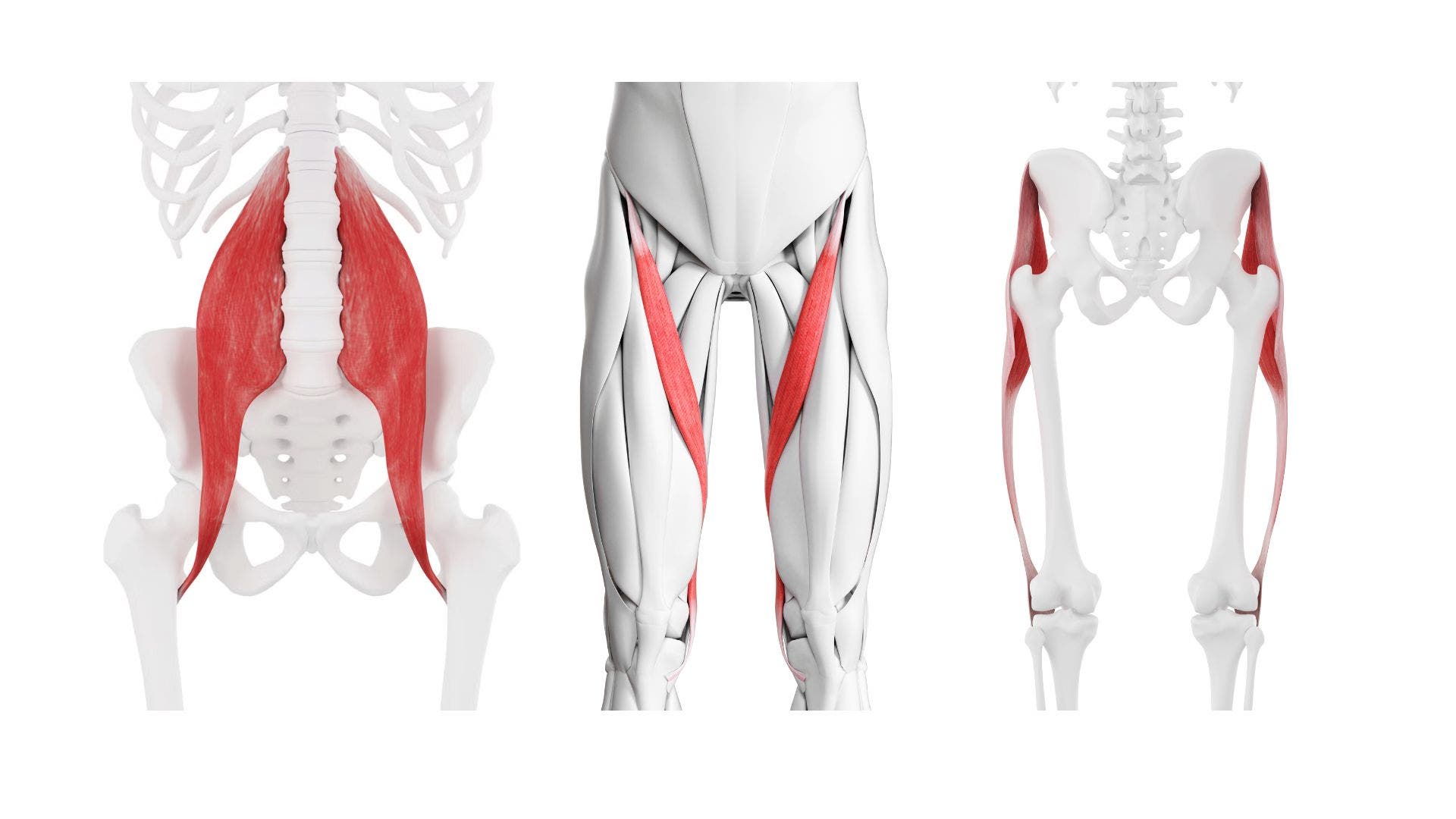
Why You Need Hip Flexor Strengthening Exercises
When the hip flexors are weak, your body needs to compensate by overworking other supportive muscles. Additionally, weak hip flexors can cause alignment problems in the hips and knees, and change the way your body has to move. These altered mechanics can cause muscle and joint aches, strains, and pain. For example, weak hip flexors have been shown to contribute to back, hip, and knee pain and decreased running efficiency. They can also increase the risk of certain injuries and compromise your performance in running and almost anything.
As an example, take a runner training for her first half marathon. She was experiencing intermittent pain in her knee and IT band (along the outer hip and knee). A movement assessment identified hip flexor muscle imbalances by revealing she was turning her foot outward. This was caused by hip flexors that were too weak to lift her leg straight up. Instead, she needed to recruit the support of other muscles along the sides of her glutes and around the ankles to bend those joints outward to “shorten” the leg enough to not scrape her foot on the ground while running. As a result, she was overworking very small muscle groups that normally just stabilize the joints.
The good news is that hip flexor exercises can help you circumvent pain and injury. Following are some of the most effective hip flexor exercises, whether you’re an experienced athlete or someone who sits all day.
5 Best Hip Flexor Strengthening Exercises
You don’t need any equipment for most of these. If you’re new to hip flexor strengthening, experience weak hip flexors, or are rehabbing a hip flexor injury, start with these hip flexor exercises that utilize only body weight.
For most of the hip flexor strengthening exercises, I recommend starting with two sets of exercises that are within your ability range. If you are looking to increase your muscular endurance, you can add a third set as your hip flexor strength improves. Build up to 3 sets of 15-20 reps. If you’re looking to build hip flexor strength to maximize performance with more explosive activities like running, consider adding more resistance and sticking with two sets of 8 to 12 reps
As you get stronger, you can add resistance in the form of ankle weights or resistance bands Here are some of the simplest and most effective hip flexor exercises.
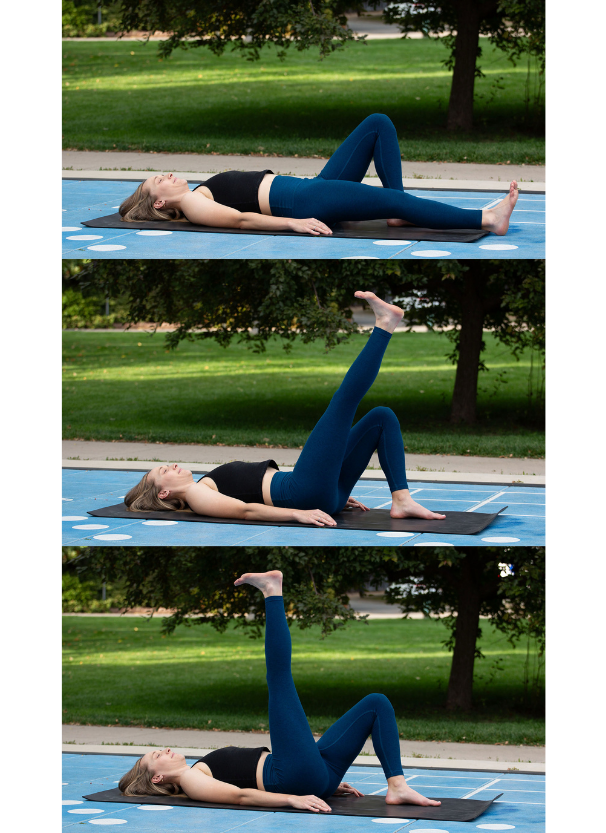
1. Straight Leg Raises
Straight leg raises are one of the best hip flexor strengthening exercises for beginners. They’re exceptionally easy to practice and all you need is your body. You’re essentially lying on your back and lifting one leg straight toward the ceiling. The movement isolates the hip flexors. As you get stronger, you can use an ankle weight for added resistance.
1. Lie on your back with your hands on the mat at your sides. Bend one knee and bring that foot flat on the mat and keep your other leg straight.
2. The straightened leg is the one that you’ll be moving. Keep your leg straight and your toes pointed toward the ceiling as you inhale and slowly lift the leg upward. You’ll need to engage your core muscles to keep your lower back flat on the floor.
3. Lift your leg as far as you can without having to bend your knee. If you experience tightness in your hamstrings, that will limit how far you can lift your leg.
4. Exhale as you slowly lower your leg back down but don’t allow the back of your heel to actually touch the ground. Just before it does, contract your hip flexors as you inhale and lift your leg again to start the next rep.
5. Build up to 15 to 20 reps and then switch legs.
2. Angled Leg Raises
This modification externally rotates the hip, which helps isolate the iliopsoas muscle.
1. Perform the same straight leg raises but with the toes of your straight leg turned outward about 45 degrees.
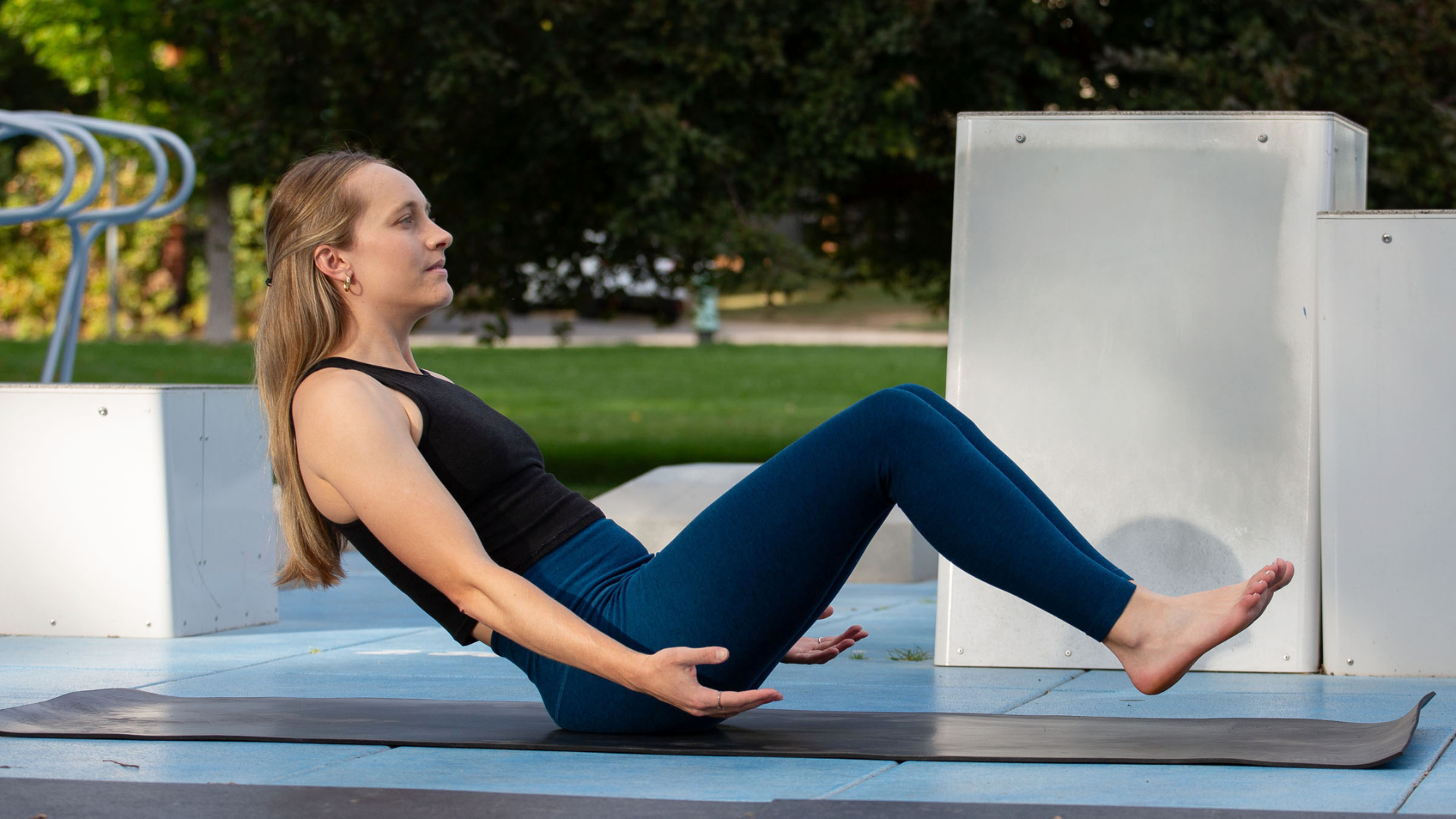
3. Boat Pose
One of the main reasons sit-ups have been replaced by other ab exercises in core workouts is because studies have found that sit-ups activate the hip flexor muscles as much, if not more, than the abs. But who needs sit-ups when you can turn to yoga for a better (and less curse-inducing!) alternative?
But here’s the good news: Boat Pose is a better alternative to sit-ups because you still get that fabulous hip flexor strengthening without being tempted to fall back on momentum. This increases the workload on the hip flexors and core since you have to hold your trunk and legs up.
1. Come into Boat Pose by sitting with your knees bent and your feet flat on the mat in front of you. Start to lean backward and lift your feet off the mat. You can straighten your legs or bend your knees and hover your feet above the floor or even lightly touch your heels to the mat.
2. Reach your arms alongside your legs or bring them to the backs of your thighs. Focus on keeping your back straight by drawing your abs toward your spin and bringing your low back forward. If you feel rounding in your lower back, bend your knees or take your heels to the mat.
3. Stay here for several breaths. Don’t hold your breath.
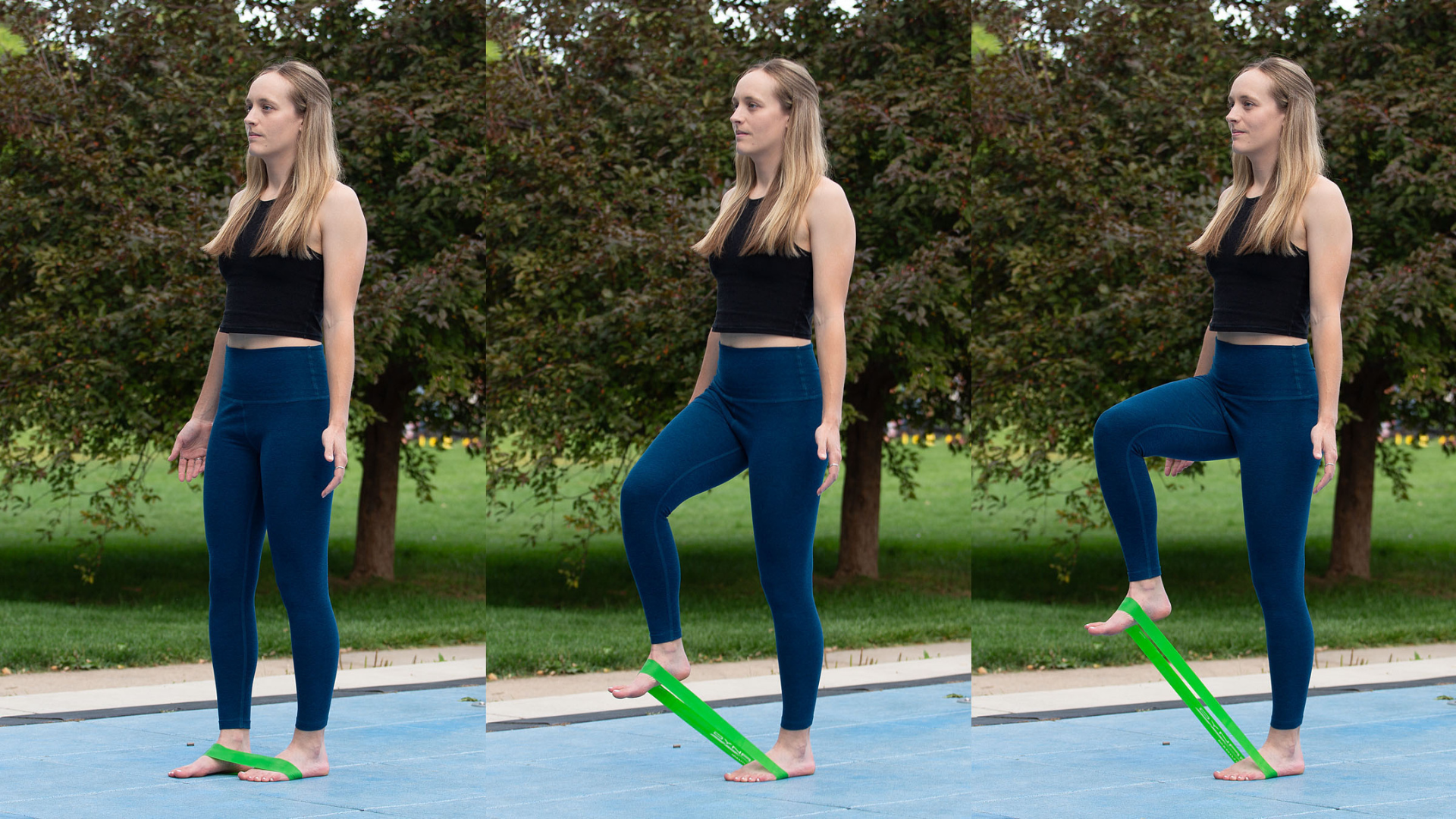
4. Resisted Hip Hikes
Most hip flexor strengthening exercises are performed lying down. But in everyday life, our hip flexors work when we are upright to resist gravity, whether we’re walking, running, climbing stairs, stepping onto a curb, or hiking. This hip-strengthening exercise mimics that position and also works your core muscles.
The motion is similar to many movements on the yoga mat, such as anytime you lift one leg toward the chest or step forward from Downward-Facing Dog. You can use an ankle weight instead of a resistance band.
1. Stand upright with a resistance band looped around something low to the ground. Face away from the anchor point with the band looped across the top of your foot. Start with a good amount of tension on the band.
2. Lift the knee on your leg with the band upward toward your chest. You can hold onto a wall or back of a chair for support or you can pump your arms as if you’re running (opposite arm and opposite leg moving together).
3. When your knee is as close to your chest as possible, pause and hold that position, engaging your muscles to resist the pull of gravity, for 2 to 3 seconds.
4. Take your time as you lower your foot back to the mat. You want to release as slowly as possible to maximize the engagement of the hip flexors.
5. Perform 10 to 15 reps and then switch legs.
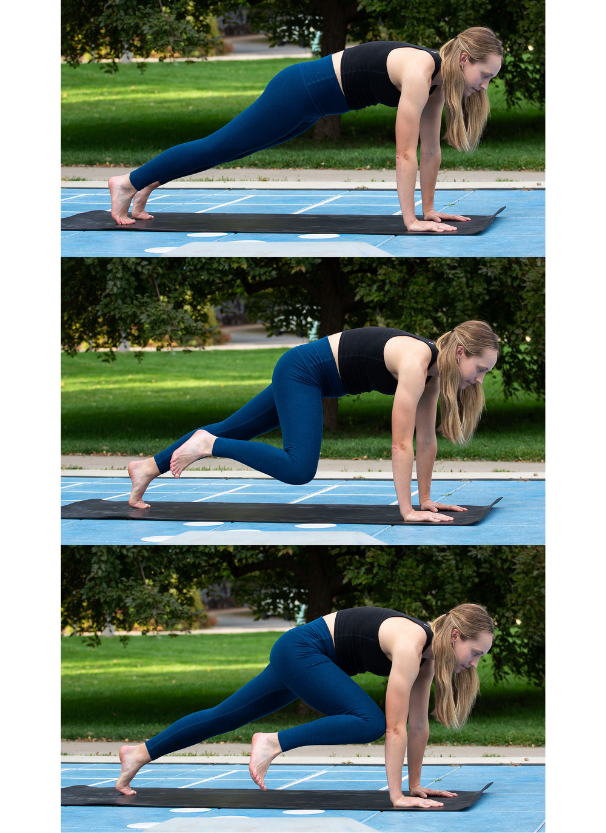
5. Plank Pose Knee to Elbow
Plank is one of the best yoga poses for strengthening the core, shoulders, and glutes, but you can also progress this exercise to target the hip flexors by drawing your leg forward toward the elbow. It also engages obliques (side abs).
1. Start in a push-up or Plank, keeping your core engaged and your hips in line with your body. It is important to maintain this alignment throughout the exercise.
2. Keep your upper body and hips as still as possible and draw one knee forward and toward the same-side elbow while holding your hands and upper body in a static position, bringing it as close to the elbow as possible. Remember to keep your hips in line with the rest of your body. Hold for 15-30 seconds.
3. Step your foot back into Plank. Rest as needed and then switch sides.
